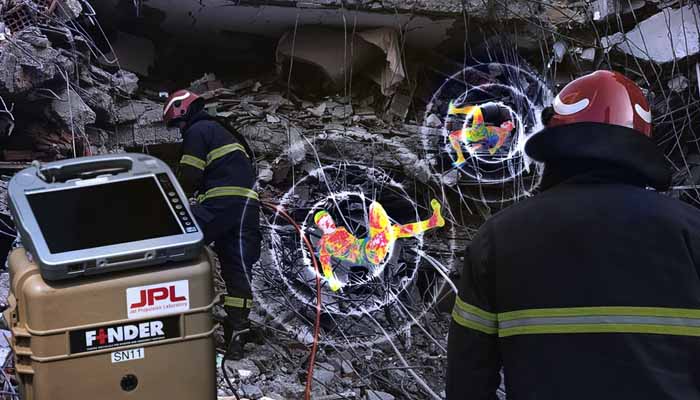By Attia Naveed
NASA has developed a powerful life-saving device that can detect even the tiniest human movement beneath rubble or snow after a disaster. The technology, known as FINDER (Finding Individuals for Disaster and Emergency Response), uses advanced microwave radar sensors to sense a trapped person鈥檚 heartbeat or breathing鈥攅ven if they鈥檙e buried under concrete or debris. It was designed specifically for emergency situations like earthquakes, building collapses, or avalanches.
FINDER was created in collaboration with the U.S. Department of Homeland Security and was first developed in response to the 2010 Haiti earthquake. Since then, it has been tested, refined, and released for commercial and rescue use. The technology has proven useful in real-life disasters, including the massive earthquakes in T眉rkiye and Syria in 2023, where NASA also used its satellites to provide real-time images of damage zones to support rescue operations.
NASA鈥檚 role in disaster management doesn鈥檛 stop there. The EMIT instrument onboard the International Space Station is used to analyze dust particles and detect possible gas leaks after disasters, helping authorities respond faster and more safely.
Moreover, NASA鈥檚 satellite data allows experts to predict aftershocks following an earthquake, enabling better planning and protection. These tools show how space technology can play a vital role in saving lives and guiding rescue missions on the ground.
This growing scientific support highlights the real-world impact of space research鈥攏ot just for exploring planets, but for protecting people here on Earth.
